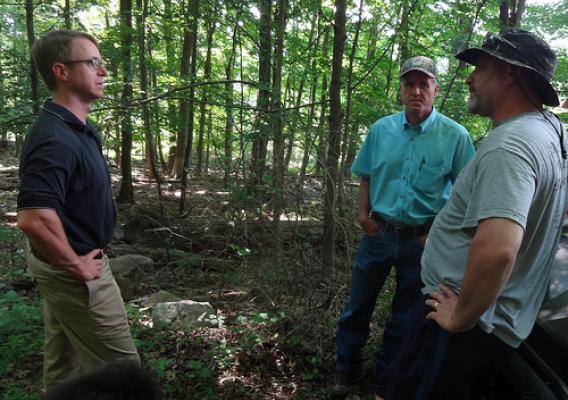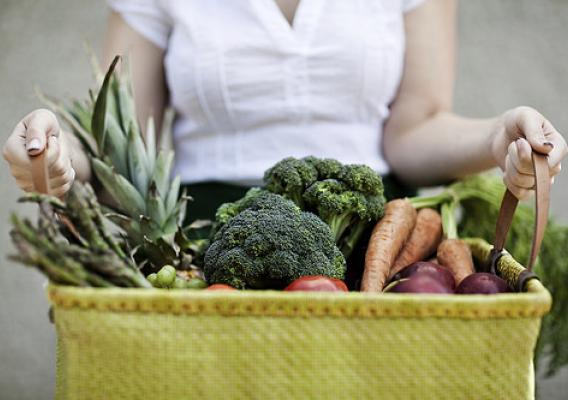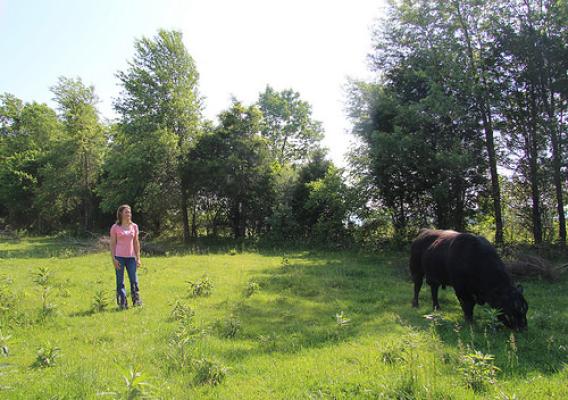Throughout the month of August, we are reflecting on changes we’ve made over the past eight years to create a culture of inclusivity among USDA employees and the diverse communities we serve. For a broader look at our progress, check out our Results project here:
As a kid during the first years of desegregation in Austin, Texas’ public schools, many of my early experiences were shaped by race, and I quickly became familiar with the life-changing impacts discrimination can have on individuals both young and old. While a lot for any kid to experience, these circumstances taught me the power of inclusion, and from them, I became aware of the ways diversity and fairness can help repair troubled histories and heal the wounds of the past. These lessons have shaped my life’s work.
When Secretary Vilsack and I arrived nearly eight years ago, we were aware of USDA’s imperfect history marked by denial of equal service – too often based on race. It was admittedly a terrible situation by any accord. We had our work cut out for us, and got started quickly by examining our history deeply and thoroughly, bringing to light the most challenging aspects of the Department's past.










